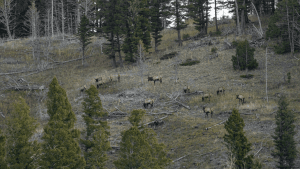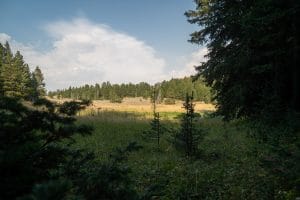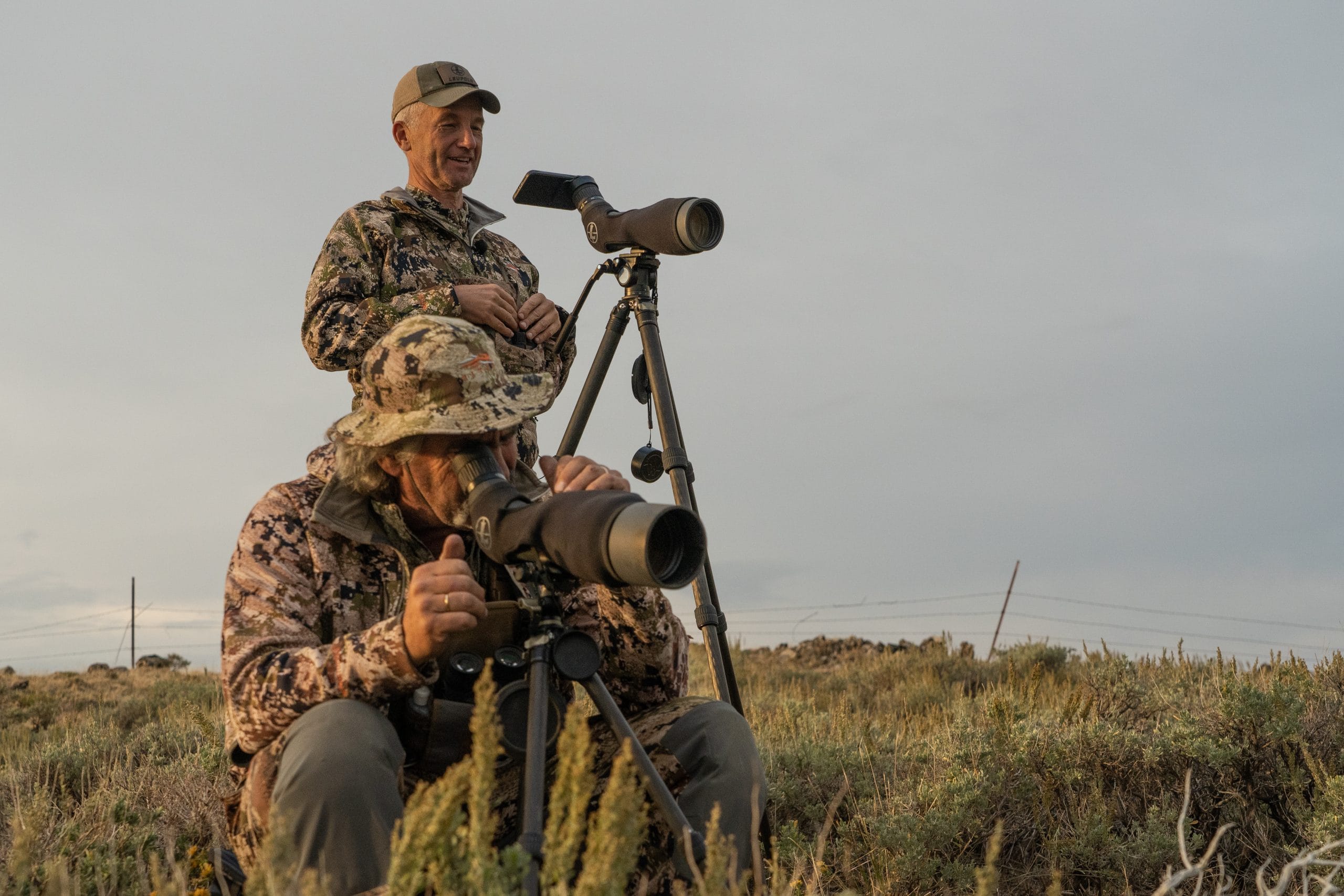Elk can be broken down into five time periods. During each of these periods, Elk have distinct needs: food, water, security and breeding. As the hunting season progresses, these needs will change in priority, and these needs will dictate where you find the elk.
Here are the Five Periods of Elk;
1. Early Season (August)
3. Peak rut (Mid-September and into Early October)
4. Post-rut (Mid to late October)
5. Late Season (November and Beyond)

If you want more info like this, check out our e-guide
Elk have 4 primary needs, food, water, sanctuary, and breeding. These needs fluctuate with every season.
You probably already understand what is meant by food, water and breeding as a primary need. But here’s a quick explanation of sanctuaries. These are places, due to topography, distance, and/or blowdown, hunters just don’t want to go. BUT, that’s where the elk are going to be because they know you’re not going to go there. Sanctuaries are places places elk go to escape hunting pressure – typically far away from open roads. At the same time, a sanctuary can be a ranch that doesn’t allow hunting, a unit boundary, or other location where they can feel safe. And once rifle season starts, these are likely places elk are going to run.
How to Find Elk – Early Season
The early season can be one of the easier times to find bulls. This calendar period runs roughly from August 15 to 28. During this period, it can be easier to find bulls because their sole focus is food. Bulls will go wherever the best food is located.

If you hunt where the food is, you should find a good number of bulls. They’re going to be eating like there’s no tomorrow, especially in the northern Rockies where there is plenty of water. And if you’re in the Southwest, water is key and should become your primary focus for early season hunting.
Try to hunt within 2-3 miles of a water source and avoid spots where there isn’t water.

Early Season needs are in this order of priority:
After shedding velvet, bulls will leave bachelor groups in the high country feed areas and relocate closer to cows, with younger bulls joining cow groups. This can be classified as the Pre-Rut calendar period. If you’re seeing this pattern play out, be sure to have read the below article and adjust your strategy!
One last note on early season hunting. It can be HOT during the early season and meat spoilage is a real threat. Be sure to have a plan to get your bull gutted, gilled, and chilled as soon as possible. Carrying the proper field dressing tools and refreshing your knowledge of field dressing can help speed up the process.








